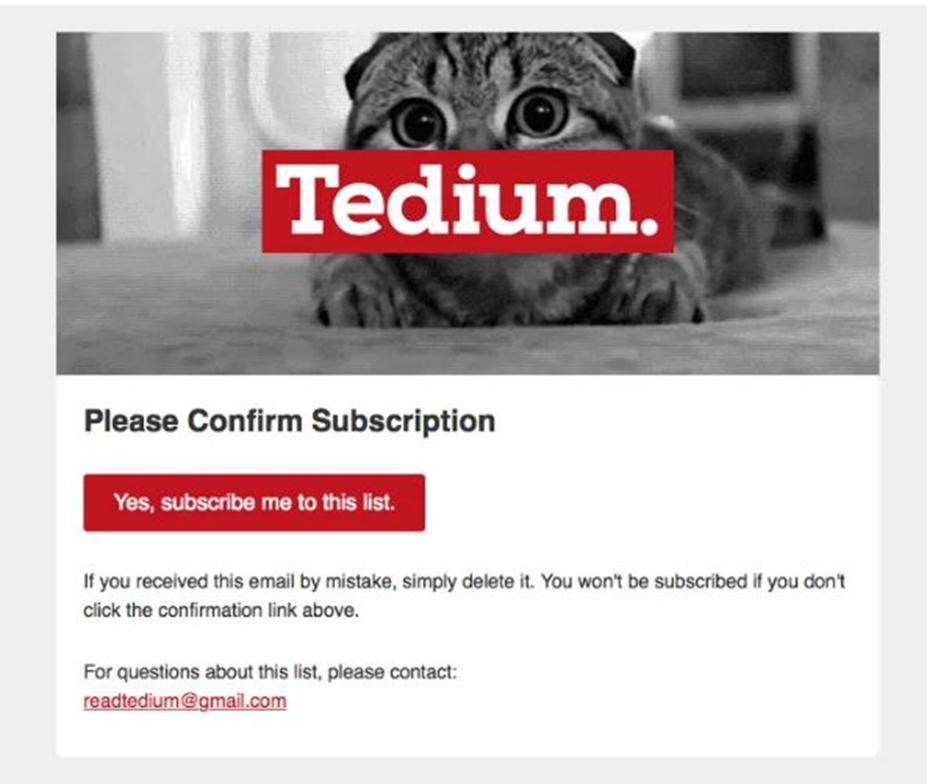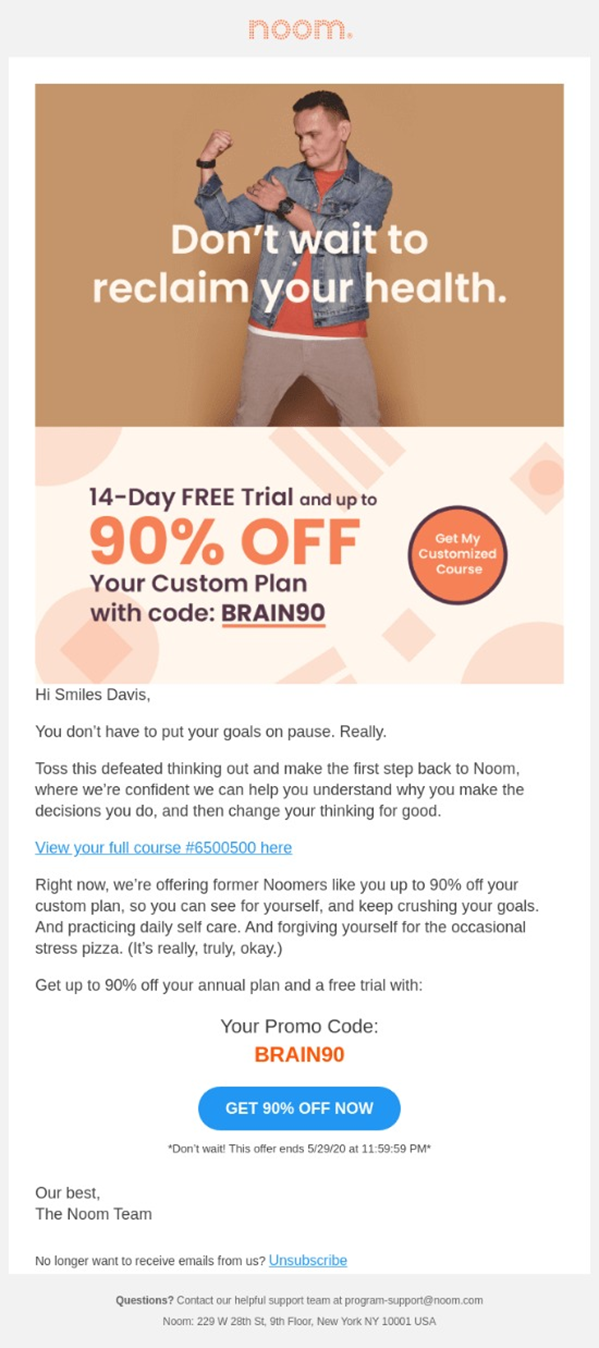Email List Hygiene: 5 Tips to Keep Your Lists Clean
Discover 5 essential tips to maintain clean and healthy email lists. Learn the importance of email list hygiene for better deliverability and engagement.
Just like regular hygiene, email hygiene is crucial. Essentially, email hygiene means cleaning your email lists and potentially removing email addresses from that list. And in most cases, the process simply scares the marketers.
No one wants to lose subscribers. However, unengaged email recipients can do more harm to your email program than any good. After all, securing a good open, click-through and delivery rate is all a balancing act. Isn’t it?
In this blog, we will explain all about email list hygiene and discuss different ways to clean email lists.
What is Email List Hygiene?
Email list hygiene entails regularly updating your email contact list by removing all inactive and outdated contacts.
Performing email list hygiene is non-negotiable. It helps to ensure more effective interactions with your active contacts and avoid your emails being marked as spam. As per statistics, 50% of marketers claim that the quality of your email list is one of the foremost barriers to effective email marketing.
Regularly cleaning your email lists can improve three critical metrics:
-
open rates,
-
click rates, and
-
deliverability
The better these metrics, the more fruitful your email marketing campaign will be.
A smaller list of engaged and dedicated subscribers who actively interact with your content is more valuable than a larger list of subscribers who do not engage at all. A List containing numerous inactive email addresses tends to have higher bounce rates, spam complaints, and unsubscribes.
Additionally, continuing to send emails to non-engaging recipients can result in penalties from internet service providers such as Gmail, Hotmail, and Yahoo. Consistently doing so may even cause your emails to land in their spam folders, reducing deliverability to your intended audience.
Therefore, the importance of maintaining email hygiene cannot be overstated. A healthy and well-maintained email list will make sure you get the desired results from your email marketing campaigns.
Tips for Effective Email List Hygiene
Tip 1: Regularly Clean Your Lists
Having a smaller and more attentive audience of your targeted customers is always more beneficial than a vast email list of people who barely read them. So, however odd it may sound, it is important to regularly weed out people from your email list.
But the real question is how often you should clean your lists.
Well, how frequently you scrub your email list will depend on several aspects of your email program. Typically, most successful marketers recommend cleaning your list every three to six months.
It is seen that bigger email programs, i.e. those with over 100,000 subscribers may benefit from more frequent list cleaning. On the other hand, smaller programs, i.e. those between 500- 1,000 subscribers may not need the same level of frequency.
Tip 2: Use Double Opt-In
Another one of the leading email list cleaning best practices is to use double opt-in. The process necessitates the users to confirm their subscription to a mailing list. In other words, when a website visitor subscribes to your newsletter, they will receive an email that encloses a confirmation link that they must click to confirm their subscription.
This is what a double opt-in process looks like:

Image: Source
Opting for this process ensures two significant benefits:
-
First, the users themselves permit you to send them emails.
-
Second, you can rest assured that the email addresses in your mailing list are free from typos and syntax errors.
So, in a way, double opt-in emails safeguard you from bots, spammers, and fake email addresses. It also certifies a cleaner email list with generally higher engagement and open rates.
Moving on, below is an example of a confirmation email sent by Tedium. There is a clear and appealing CTA that not just grabs the user’s attention but also encourages them to subscribe.

Image: Source
Tip 3: Segment Your Lists
Statistics reveal that email marketing campaigns with segmented email lists obtain a 14.31% higher open rate than non-segmented campaigns.
Segmenting your email lists allows you to send more relevant content to your subscribers. And the more relevant your email content is, the more likely your audience will continue to engage with it. By utilizing a content optimization tool, you can further optimize your email campaigns, ensuring that each email delivers personalized and targeted messages based on the specific preferences and interests of your segmented audience. Additionally, segmentation also helps you send just the right number of emails.
Sending too many emails to your entire list might scare the more inactive batch of users, prompting them into unsubscribing. However, if you are not sending emails frequently, you may lose out on an opportunity to engage with the more devoted subscribers.
Well, segmentation is the best solution to this. You can optimize your sending frequency by identifying which subscribers are the most engaging ones. You can isolate these power users and actively engage with them without disturbing the rest of your list.
Moving on, below are some other audience characteristics that you can use to segment your email lists and keep them squeaky clean.
-
Engagement level
-
Onsite activity
-
Purchase history
-
Email metrics such as open rates
Segmenting your email communications can help to improve your email marketing campaigns by leaps and bounds.
Tip 4: Use a Re-Engagement Campaign
One of the most helpful tips for email list management is using re-engagement campaigns. Sometimes, the recipients do not resonate with the content you provide them. This, in turn, lowers their level of interest and engagement.
But before you write them off as disengaged recipients, you must try to re-engage them once by delivering content that they find most appealing.
You can create a re-engagement email and send them to your inactive subscribers in a bid to reconnect with them. You can include the right offer, such as a gift, discount voucher, or exclusive content that incentivizes them. Such an email can help you win them back.
Below is a brilliant example of a re-engagement email from Noom.

Image: Source
This is a great example as it attempts to win back an esteemed customer by offering them a huge discount. Additionally, the copy ‘reclaim your health’ can easily persuade anyone who is conscious of their health to say yes.
This is a great example as it aims at winning a previously active user subscription back in as an engaged and paying customer. The copy ‘reclaim your health’ together with an attractive discount can easily persuade anyone to say yes.
Tip 5: Monitor Email Engagement Metrics
Monitoring email engagement metrics is crucial for maintaining good email list hygiene. Metrics such as delivery rates, bounce rates, unsubscribe rates, open rates, and click-through rates help you track the success of your email marketing campaigns for long-term benefits.
Here are the reasons why it is important:
-
Identify inactive subscribers: By tracking engagement metrics such as open rates, click-through rates, and conversion rates, you can identify subscribers who are not actively engaging with your emails. These inactive subscribers may negatively impact your email deliverability and campaign performance. Thus, you can spot and address this issue promptly.
-
Improve email deliverability: Email service providers (ESPs) and internet service providers (ISPs) closely monitor engagement metrics to determine the quality of your email campaigns. Low engagement metrics, such as low open rates or high bounce rates, can signal to ISPs that your emails are unwanted or uninteresting to recipients. This may result in your emails being flagged as spam or delivered to the recipient's junk folders. By monitoring engagement metrics, you can take corrective actions to maintain good deliverability.
-
Optimize campaign performance: Tracking engagement metrics can help you gain insights into what content resonates with your audience, what subject lines are proven to be effective, and what call-to-actions drive engagement. This data helps you refine and optimize your email campaigns, resulting in better performance and higher conversion rates.
Regular monitoring of engagement metrics can empower you to make data-driven decisions and continuously improve your email marketing strategy.
Conclusion
Email marketing is crucial to almost every industry. Doing a routine clean-up can help you boost your email marketing campaigns and build a list of actively engaged and interested subscribers.
Although it may hurt a little to see your subscribers go, it will only help you in the long run. Having the right subscribers in your list will result in great email marketing performance, reduced costs, and a lower risk of spoiling your sender’s reputation.
Author’s Bio:
Neha is a content marketing specialist with over 3 years of experience in creating engaging and effective content for various SaaS companies. Neha is specialized in developing content strategies that drive website traffic and generate leads.